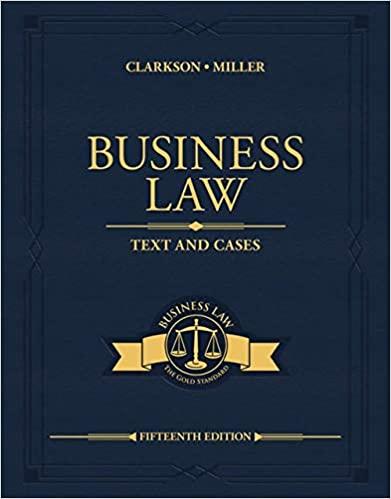
Am I documenting this correctly
Files 10:45 AM Tue May 2 . . . 18% Legal Research: Using WestLaw computer aided legal research to find and cite 3 mandatory authorities discussed in the case and 3 persuasive authorities relevant to the case and key citing the case citation Inter office Memorandum of Law: An objective analysis of the law written for the supervising attorney or other individual in your law office , using all the research. Brown v. Hammond United States District Court, E.D. Pennsylvania Jan 12, 1993 810 F. Supp. 644 (E.D. Pa. 1993) finding plaintiff's termination for gratuitously alerting others about defendants' improper billing practice did not violate type of significant, clearly mandated public policy required to satisfy the very narrow exception to Pennsylvania's at-will employment doctrine. Summary of this case from Blanda v. Martin & Seibert, L.C. finding plaintiff's termination for gratuitously alerting others about defendants' improper billing practice did not violate type of significant, clearly mandated public policy required to satisfy the very narrow exception to Pennsylvania's at-will employment doctrine. Summary of this case from Blanda v. Martin & Seibert, L.C. denying motion to dismiss employee's claim that she was wrongfully terminated for refusing to engage in billing fraud Summary of this case from Urban v. Walgreen, Co. INVESTIGATIVE REPORT: Brown v. Hammond is a case decided in 1993 by the United States, eastern district court of Pennsylvania, With Judge James T Wiles, Presiding, The plaintiff, Ms. Brown brought a wrongful termination claim against the defendant and attorney, Robert Hammond who fired her from his position as a paralegal/ secretary from his law office after she reported him to the disciplinary authorities for misconduct. The court held that Ms. Brown's report of attorney Hammond misconduct was protected under the public policy exception to the employment at will Doctrine. Thus her termination was wrongful as she was entitled to damages for Las Vegas and emotional distress. Ms. Brown was employed as a paralegal the defendant and his law firm she was employed the by Robert M Hammond and Associates from November 4th 1990 to April 4th 1991, she was employed by the defendants as an at will paralegal & secretary during Ms. Brown employment. Her job spent on client matters and billed to the clients as attorney time without any kind of forwarding or forewarning to the firm's clients or managers. Ms. Brown's work was being performed by someone who was not an attorney despite, Ms. Brown's protest that the practice being performed by someone who was not an attorney. Ms Brown's protests








